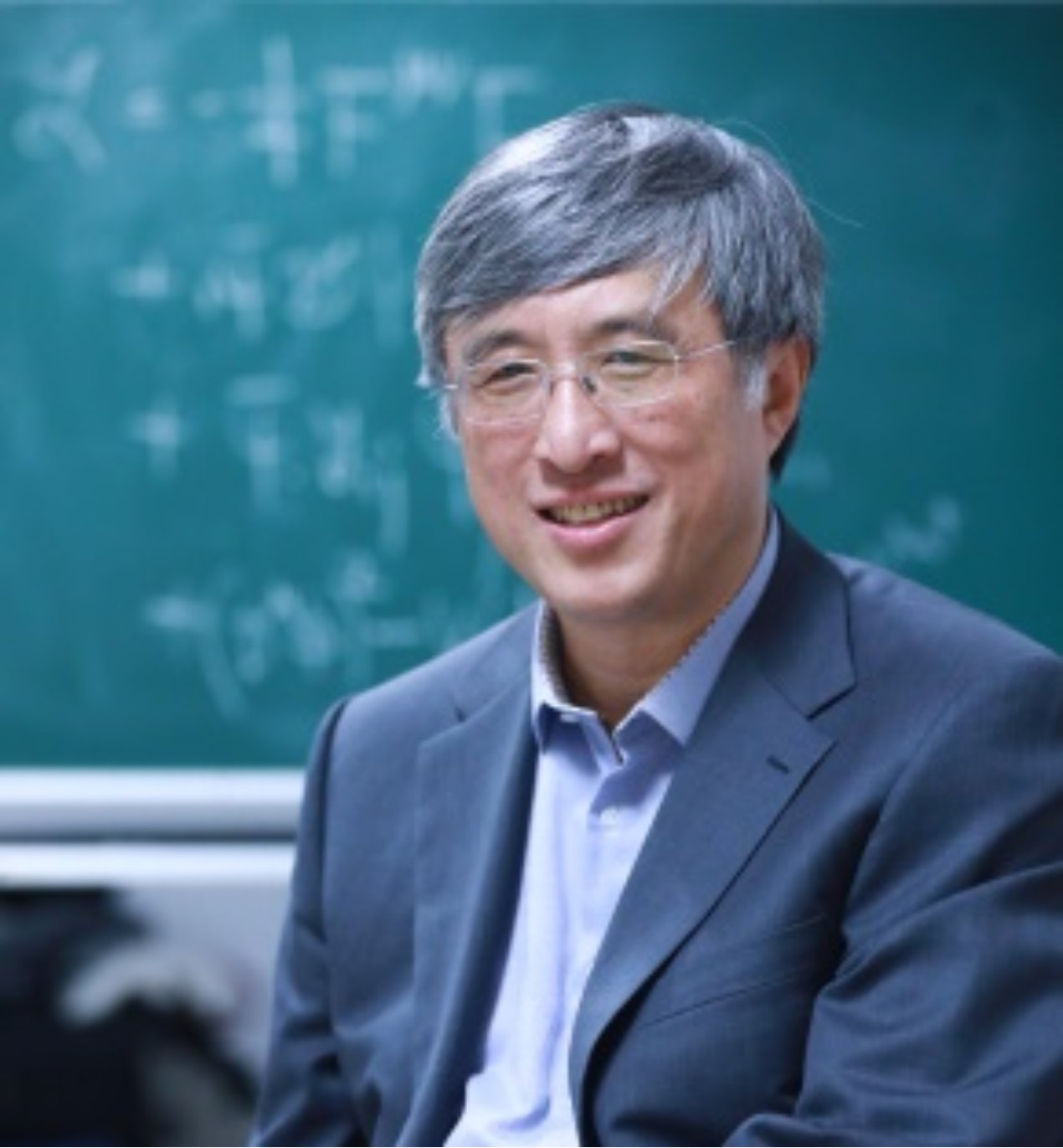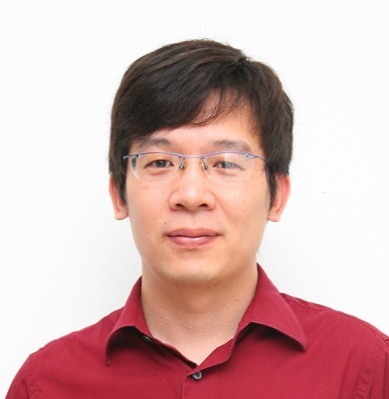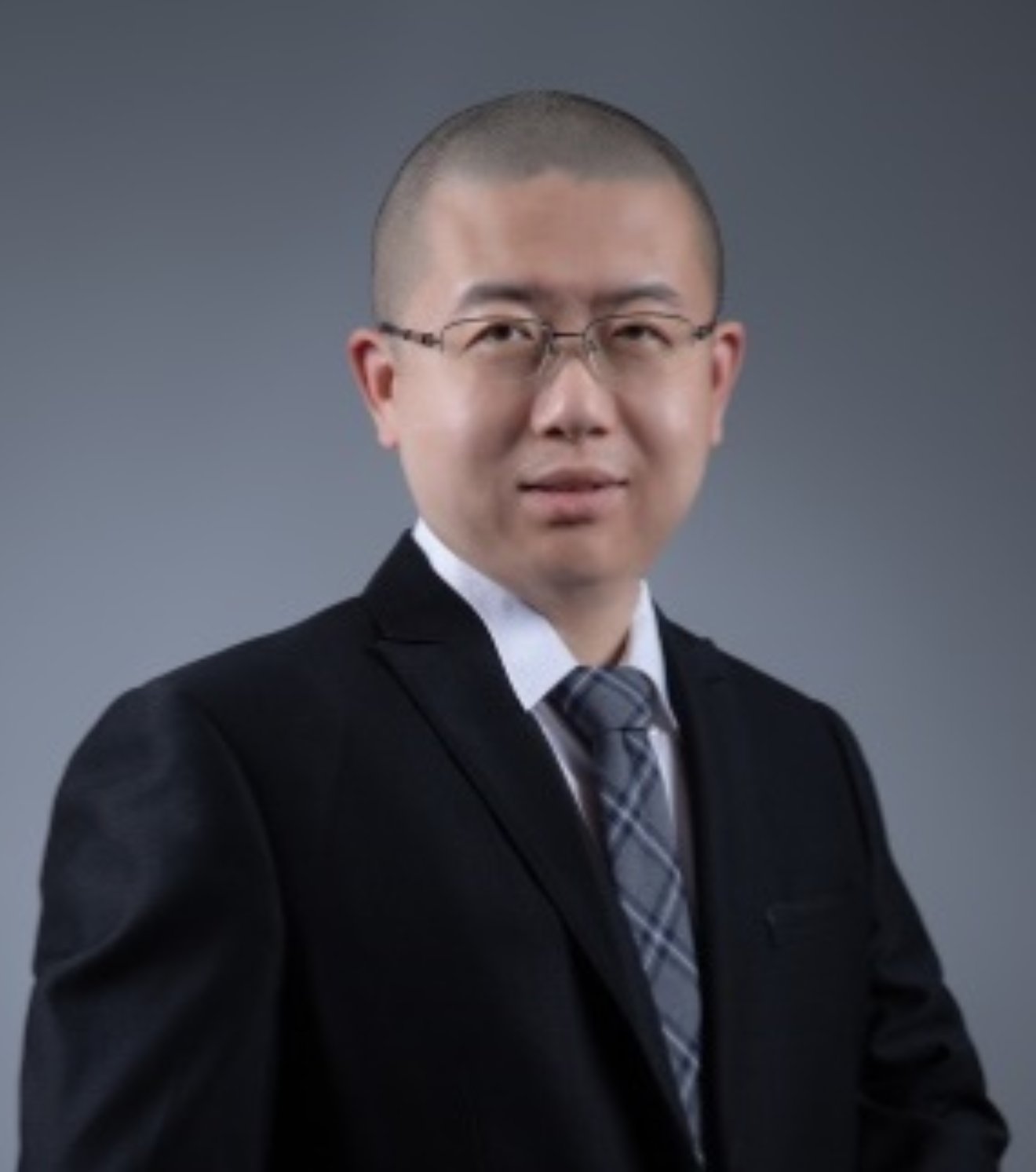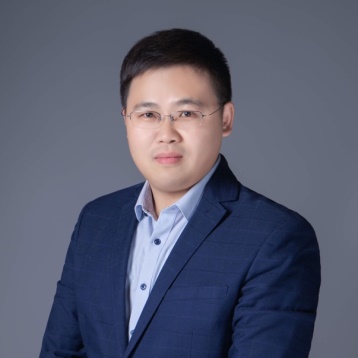Peking University, August 31, 2020: The Chinese Academy of Sciences held a press conference on August 28 to announce the winners for the 2020 Tan Kah Kee Science Award and Tan Kah Kee Young Scientist Award.
A total of four professors from Peking University have been named as awardees, with Professor Gao Yuanning being awarded the 2020 Tan Kah Kee Science Award, and Professors Chen Xing, Guan Qi’an and Xiao Yunfeng (in alphabetical order) being awarded the 2020 Tan Kah Kee Young Scientist Award.
Winner of the 2020 Tan Kah Kee Science Award

Gao Yuanning is a professor and dean of the School of Physics and director of the State Key Laboratory of Nuclear Physics and Technology of Peking University. In 2017, he was awarded the “Wang Ganchang Physics Award” by the Chinese Physical Society. In 2019, Gao was elected as a member of Chinese Academy of Sciences (CAS).
The Chinese team of the LHCb (Large Hadron Collider beauty) experiment at CERN (European Organization for Nuclear Research in English), founded and headed by Gao, has achieved a series of outstanding breakthroughs in their research on hadron spectroscopy and the generative mechanism of heavy quarkonium. This has contributed tremendously to the unprecedented discovery of the pentaquark, which will open new doors for research involving particle constitution and the non-perturbative properties of strong interactions.
Winners of the 2020 Tan Kah Kee Young Scientist Award
Chen Xing is a professor and dean of the College of Chemistry and Molecular Engineering at Peking University. He is a principal investigator at the Peking-Tsinghua Center for Life Sciences and principal investigator at the Synthetic and Functional Biomolecules Center, Peking University. He is also a recipient of the “Chinese Chemistry Society-Royal Society of Chemistry Young Chemist Award”, the “American Chemical Society David Gin New Investigator Award”, and the “IGO (International Glycoconjugate Organization) Young Glycoscientist Award”.
Chen’s team combined bioorthogonal chemistry and glycan labelling to develop a cis-membrane FRET-based methodology that allows protein-specific imaging of glycans on live cells. This has played a part in furthering the integration of chemistry and life sciences.
Guan Qi’an is a professor in the School of Mathematical Sciences of Peking University. He is a recipient of the “Excellent Young Scientists Fund” (2015) and “National Science Fund for Distinguished Young Scholars” (2018) of the National Natural Science Foundation of the People’s Republic of China. Guan has also won the “Science Research Famous Achievement Award in Higher Institution – Youth Science Award” (2017) of the Ministry of Education, and the “National Award for Youth in Science and Technology – Special Prize” (2019) of the Chinese Association for Science and Technology.
In cooperation with Professor Zhou Xiangyu, Guan solved the optimal L2 extension problem by proposing new ideas and methods, established the optimal L2 extension theorem, and discovered its unexpected connections with other open problems in different fields and solved them. Guan and Zhou proved the strong openness conjecture on multiplier ideal sheaves posed by Professor Demailly, which was thought to be “rather inaccessible”.
Xiao Yunfeng is a Boya distinguished professor at Peking University. He is a recipient of the “National Science Fund for Distinguished Young Scholars” (2018) of the National Natural Science Foundation of the People’s Republic of China. In 2019, he was elected a fellow of the Optical Society of America (OSA). Xiao is also a winner of the “Rao Yutai Prize (for Optics, Acoustics, Atomic and Molecular Physics)” of the Chinese Physical Society and the “Wang Daheng Optical Award” of the Chinese Optical Society.
In the recent years, Xiao and his research team have focused on the fundamental physics and novel applications of ultrahigh-Q microcavities. As a pioneer in the field of asymmetric microcavities, Xiao’s research team has proposed the concept of chaos-assisted broadband momentum transformation, through which broadband coupling to ultrahigh-Q whispering gallery modes was demonstrated, overcoming the strict condition of optical phase matching that seriously limits the device efficiency in regular microcavities. They initiated and experimentally demonstrated several groundbreaking sensing methods with ultrahigh sensitivities enhanced to single-nanoparticle level, such as microcavity mode broadening, mode splitting and dissipative interaction mechanisms. In particular, their sensors allow accurate measurement of the size distribution of atmospheric particulates, providing a new technique for air quality assessment. Now the team is developing the micro-comb technology of ultralow power consumption and ultrahigh precision, aiming at providing novel light sources in the fields of atomic clocks, optical spectroscopy, astrophysical observation, bio-imaging and LIDAR.
About the Tan Kah Kee Science Award and the Tan Kah Kee Young Scientist Award
The Tan Kah Kee Science Award grew out of the former Tan Kah Kee Award, which was established in 1988 and named after Tan Kah Kee (1874-1961), a well-known overseas Chinese leader who had remarkably contributed to the development of science and education in China. The award aims to recognize prominent Chinese scientists who have made outstanding achievements in promoting China's scientific and technological development. To this end, the Tan Kah Kee Science Award Foundation also set up the Tan Kah Kee Young Scientist Award in 2010 to recognize young scientists under 40 with outstanding S&T achievements.
The Tan Kah Kee Science Award and the Tan Kah Kee Young Scientist Award are presented in six fields: mathematics and physics, chemistry, life sciences, earth sciences, information technical sciences and technological sciences. The awards are conferred every two years. There is one prize in each field.
Written by: Li Wanqi
Edited by: June Tan Rui Min
Source: Tan Kah Kee Science Award Foundation, The Office of Scientific Research at Peking University



